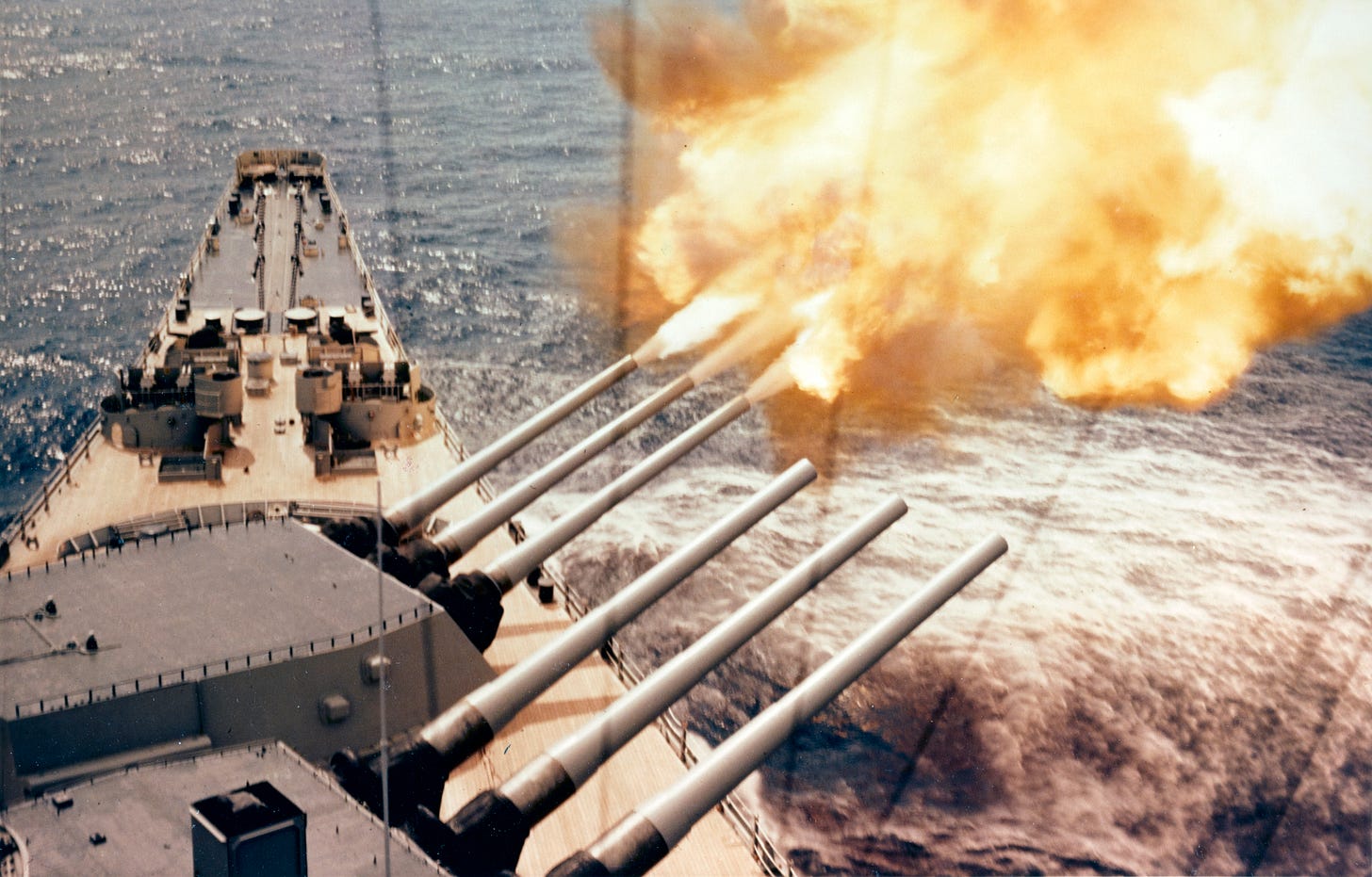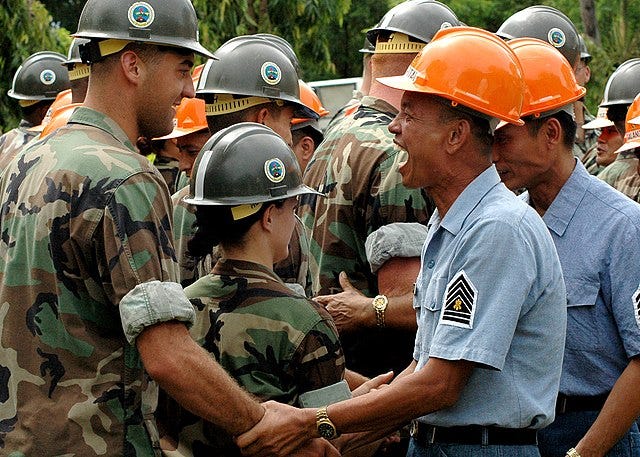From Cannons to Cooperation
The US Navy's Long Goodbye to Gunboat Diplomacy

The image of a hulking American battleship casting a shadow over a smaller nation's port city is a potent symbol of a bygone era. This tactic, known as gunboat diplomacy, relied on the US Navy's growing might to strong-arm concessions from weaker countries throughout the 19th and early 20th centuries. But by the latter half of the 20th century, the Navy's role had undergone a dramatic transformation, driven by a confluence of historical forces.
The "Big Stick" and the Rise of American Power
The phrase "gunboat diplomacy" is often linked to President Theodore Roosevelt's "Big Stick" foreign policy. Roosevelt believed a strong military, particularly the Navy, was essential to protect American interests abroad. This philosophy manifested in interventions like the 1903 separation of Panama from Colombia to secure passage for the Panama Canal.
However, the seeds of change were sown early on. The messy realities of intervention, such as the Philippine-American War (1899-1902), highlighted the limitations of military power in achieving lasting political solutions.
World Wars and a New World Order
The devastation of the World Wars fundamentally reshaped the international landscape. The rise of the Soviet Union as a nuclear superpower created a climate of mutually assured destruction, making large-scale military confrontations unthinkable. The United Nations, established after World War II, aimed to create a framework for peaceful resolution of international disputes, further diminishing the appeal of unilateral gunboat tactics.
The Vietnam War and Public Backlash
The unpopular and costly Vietnam War proved a watershed moment. Public disillusionment with foreign intervention and the human cost of war made gunboat diplomacy a politically untenable strategy.

The mid-20th century saw a wave of decolonization, as former European colonies gained independence. This not only reduced the number of weaker nations susceptible to gunboat pressure, but also fostered a global rise in nationalism, making countries less likely to submit to foreign coercion.
The Navy Adapts: A New Era of Cooperation
The Navy, ever responsive to the changing geopolitical climate, began to adapt its approach. Regulations shifted to emphasize international law and acting in concert with allies. The Navy's focus moved from unilateral coercion to:
Maintaining Freedom of Navigation: Ensuring open access to international waterways remains crucial for global trade. The Navy actively combats piracy and upholds the right of free passage in strategic chokepoints.
Power Projection with Partnership: The Navy continues to project American power globally, but with a focus on deterrence, reassuring allies, and responding to collective security threats. This often involves joint military exercises and operations with partner nations.
Cooperative Security: The Navy plays a vital role in collaborative efforts to address shared challenges like terrorism and piracy.
The US Navy's story is one of evolving alongside the world. From the "Big Stick" era to the complexities of the 21st century, the Navy has transformed from a tool of gunboat diplomacy to a champion of international cooperation and a key player in a new era of global security.

